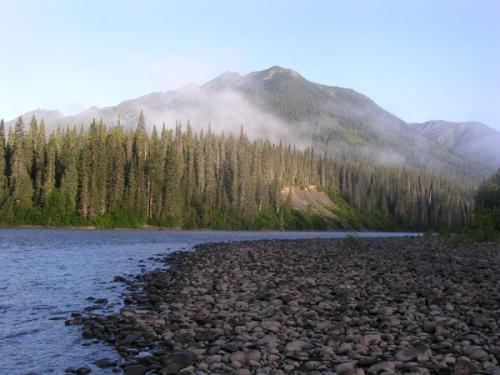
The field of watershed science, and specifically the study of streams, is inherently multidisciplinary, involving a broad array of physical, biological and social sciences. Traditional hierarchical undergraduate and graduate education programs that train students in the fields that support watershed science typically emphasize in-depth study within a specific discipline. This focused education is vital to producing professionals with useful technical and analytical skills. However, most students who pursue careers in watershed and stream analysis rarely work solely within their discipline. Rather, their work is inevitably integrated with other professionals addressing related issues with different skill sets. The ability to work closely and collaboratively with professionals from different backgrounds is fundamental to success in the field of watershed science.
This course introduced advanced undergraduate and graduate students to multidisciplinary collaborative watershed and stream analysis through combined laboratory and field study. Students from diverse backgrounds worked in cooperative research teams to collect and analyze field data from the Skeena River watershed (British Columbia), one of the largest un-dammed rivers in North America (Dynesius and Nilsson 1994). These teams used field collected data to analyze geomorphic processes and test ecological hypotheses of biotic diversity. Specifically, students studied patterns of aquatic macroinvertebrate and salmonid diversity in multiple tributaries to the Skeena River.
